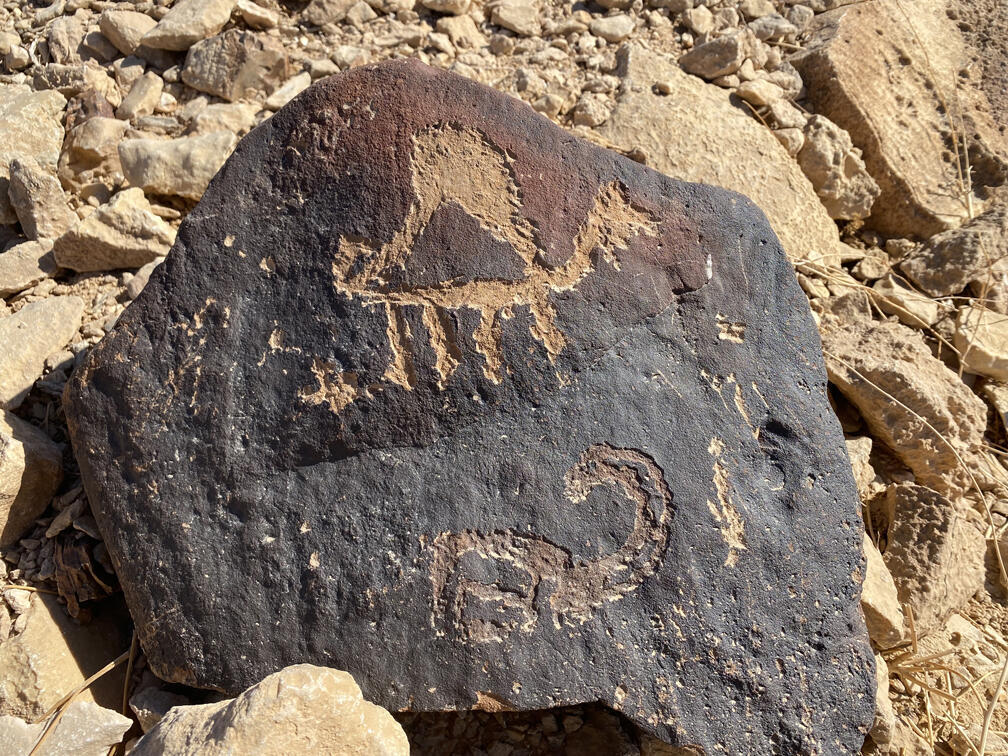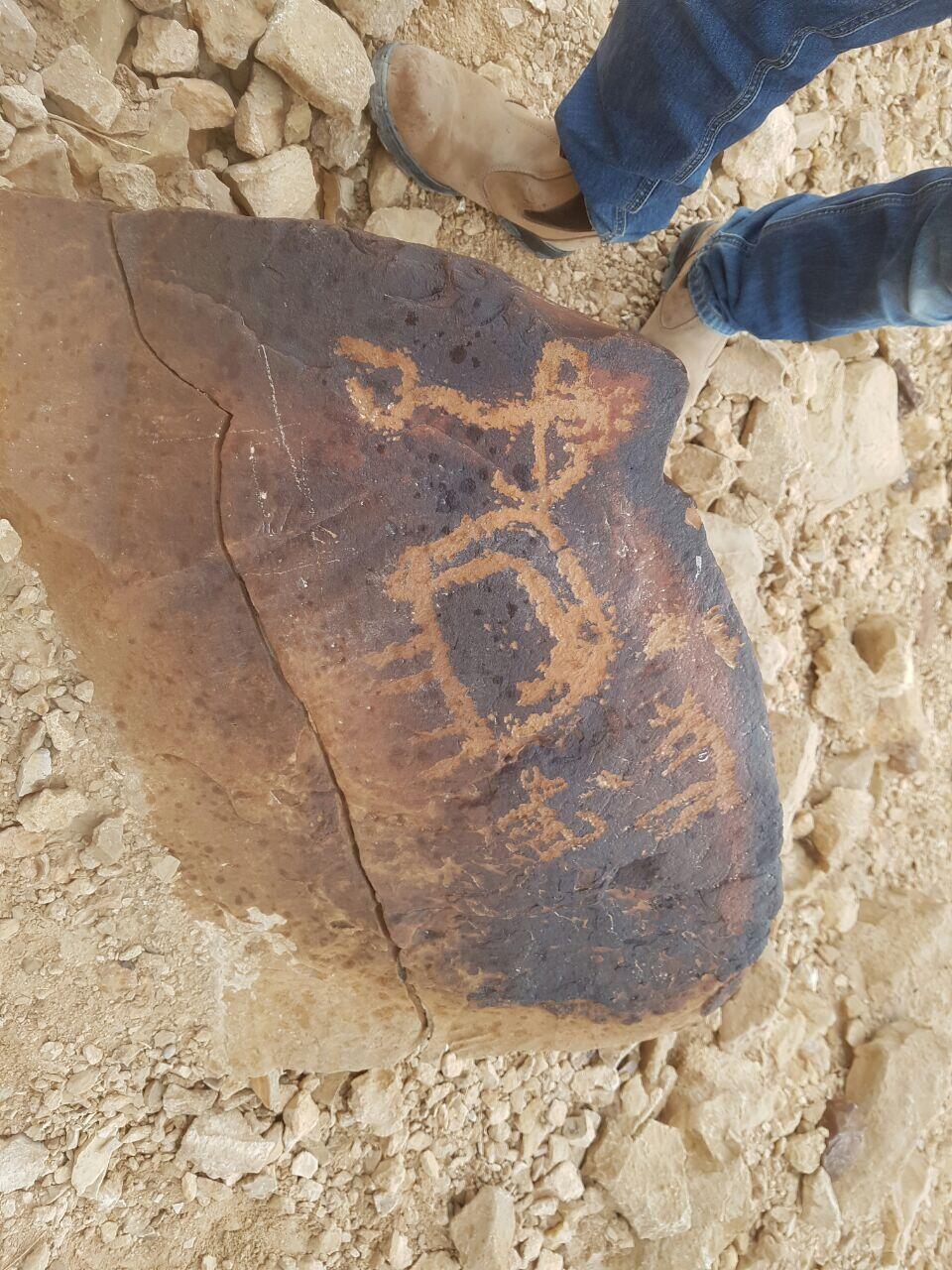The Negev Desert is celebrated for its extraordinary and invaluable rock art sites. Since the third millennium BCE, hunters, shepherds and traders have left their mark on the desert’s limestone rocks, creating thousands of petroglyphs. These engravings, depicting animals like ibexes and camels, as well as inscriptions and abstract forms, provide a window into the region’s human history over millennia, highlighting their immense cultural significance.
A recent study published in "Frontiers in Fungal Biology" by researchers from the Academy of Fine Arts in Vienna and the Department of Biotechnology Engineering at Ben-Gurion University of the Negev reveals that these ancient petroglyphs are under threat from an unexpected source: fungi and lichens growing on the rocks.
These findings are crucial not only for understanding the physical state of the petroglyphs but also for recognizing the adaptation of fungal species to the harsh, arid environment of the Negev. This region is characterized by minimal rainfall (averaging about 87 mm per year), intense radiation and extreme temperatures on the dark rock surfaces.
"These fungi and lichens can significantly contribute to the gradual erosion of the petroglyphs," explained Laura Ravechin from the Academy of Fine Arts in Vienna, part of the research team that included Dr. Irit Nir and Professor Ariel Kushmaro from Ben-Gurion University.
"These organisms secrete various acids, which dissolve the minerals composing the limestone and the dark covering layer on its surface. This allows the fungal (and lichen) mycelium to gradually penetrate the rock, causing both physical and aesthetic damage," according to the researchers.
For their study, the researchers collected samples from the rocks at the petroglyph sites and the ground at their base, as well as airborne spores. They identified the fungi using complementary methods, including DNA extraction and sequencing from rock and soil samples, and by isolating and growing the fungi in the lab.
Researchers discovered that the diversity and abundance of species on rocks with petroglyphs were lower compared to those in the desert soil, indicating that few species can endure the harsh desert environment. Various fungal species were found in all samples, many with a wide global distribution (cosmopolitan).
The common trait among these species is their ability to survive harsh conditions through reproduction and dispersal via spores and other mechanisms. The identified fungal species belong to Cladosporium, Alternaria, Coniosporium, Devriesia, Phaeotheca, Knufia and Vermiconidia. All species, except for Alternaria and Cladosporium, are recognized as micro-colonial fungi thriving in desert conditions globally. Additionally, lichens of the species Flavoplaca were found in abundance.
Beyond identifying the species around the petroglyphs, the researchers conducted laboratory tests to examine the potential damage of the fungi to a substrate containing calcium carbonate, the main component of limestone. Ravechin noted that it is well-known that micro-colonial fungi significantly contribute to the deterioration and weathering of heritage sites and archaeological findings in various climate conditions.
"It is also known that lichens cause damage to rocks, posing a potential threat to these historical artifacts that are thousands of years old," added Ravechin.Nir highlighted that the damage involves microorganisms from various groups, including fungi, lichens and bacteria, living on and within the rock and contributing to the weathering process.
Can anything be done to protect the petroglyphs from the observed micro-colonial fungi and lichens? Professor Katja Sterflinger from the Academy of Fine Arts in Vienna expressed limited optimism. "We cannot stop these natural weathering processes, but the rate of weathering largely depends on future climate changes. What we can do is monitor the microbial communities over time and, more importantly, document these important works of art in detail," she said.
"Climate changes, such as shifts in rainfall patterns, increased humidity, and temperature changes, will impact the long-term survival of the rock art in the Negev, which is unique and historically significant," Kushmaro added.



